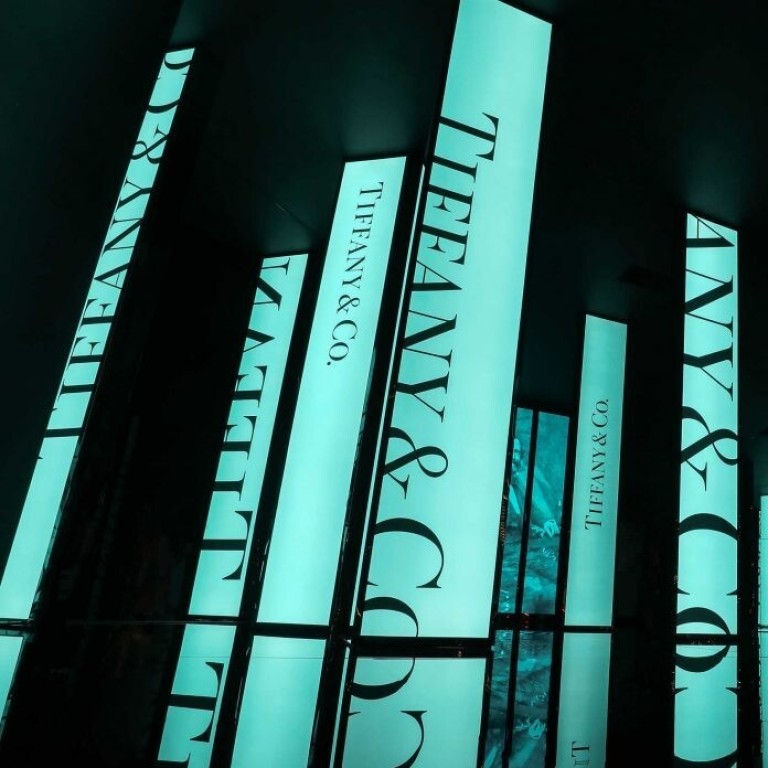LVMH and Tiffany & Co. make an unlikely match, but the US jeweller and Louis Vuitton’s parent company have one very important common goal: reaching Chinese millennials

Second only to Cartier for jewellery in China, Tiffany & Co. now joins LVMH’s huge list of European luxury brands including Louis Vuitton, Celine, Givenchy, Fenty – and we can look to the French conglomerate’s treatment of Rimowa for a glimpse of what might come next

In a 2007 article, Susanne Hilger wrote about “globalisation by Americanisation”, arguing that highly industrialised American companies had “prepared the way for globalisation”. The writer also highlighted how, in post-war Germany, domestic enterprises employed American know-how and management strategies to keep up with their American rivals.
During the twentieth century, American companies were a symbol of entrepreneurship, industrialism, hard work and trust. But the situation changed in the early 2000s when corporate scandals stained the global vision of American capitalism. Fraudulent accounting methods, unethical behaviour from executives, corruption, moral violations by employees, business ethics abuses, and managerial errors were all uncovered. Accordingly, the global audience stopped seeing American companies as beacons of success and leadership. And just as the world turned away from America, some European powers began promoting Eurocentrism.
It will be interesting to see how two proud cultures – France and the US – can come together and promote an intercultural dialogue. The Harvard Business Review has previously highlighted how cultural incompatibility is a big reason why mergers fail. And although Tiffany & Co. and LVMH might seem like a match made in heaven at first sight – both belong to the “Old Guard” of luxury, have people-centric approaches, and understand how to listen to their customers – the reality is far more complex.

But one thing that both sides of this merger have in common is an interest in expanding their businesses in China. Tiffany & Co. has an impressive market share in Mainland China, and a recent UBS survey showed that Chinese buyers see Tiffany “as a go-to jewellery brand, second only to Cartier.” Furthermore, Tiffany’s operating earnings for August and September 2020 show that the new Tiffany T1 line has performed well in China, and CEO Alessandro Bogliolo’s ambitious China growth strategy has been a success so far.